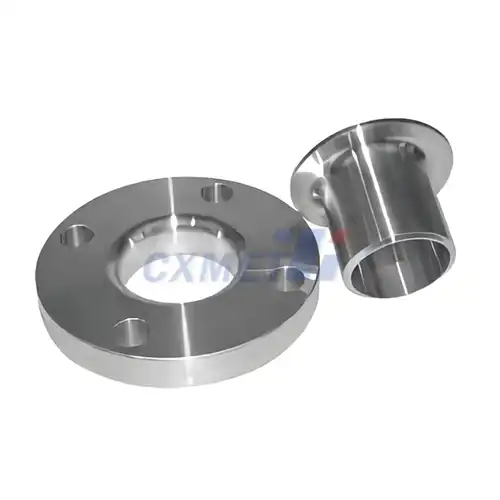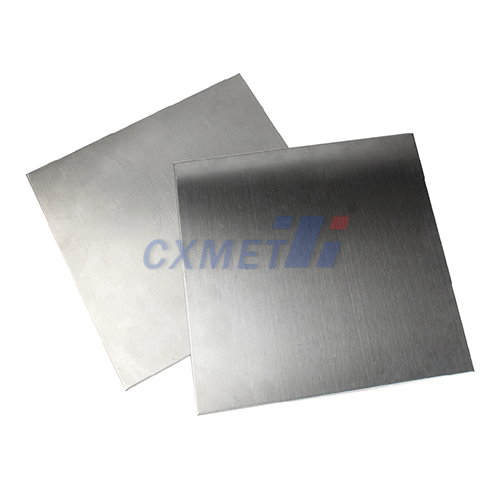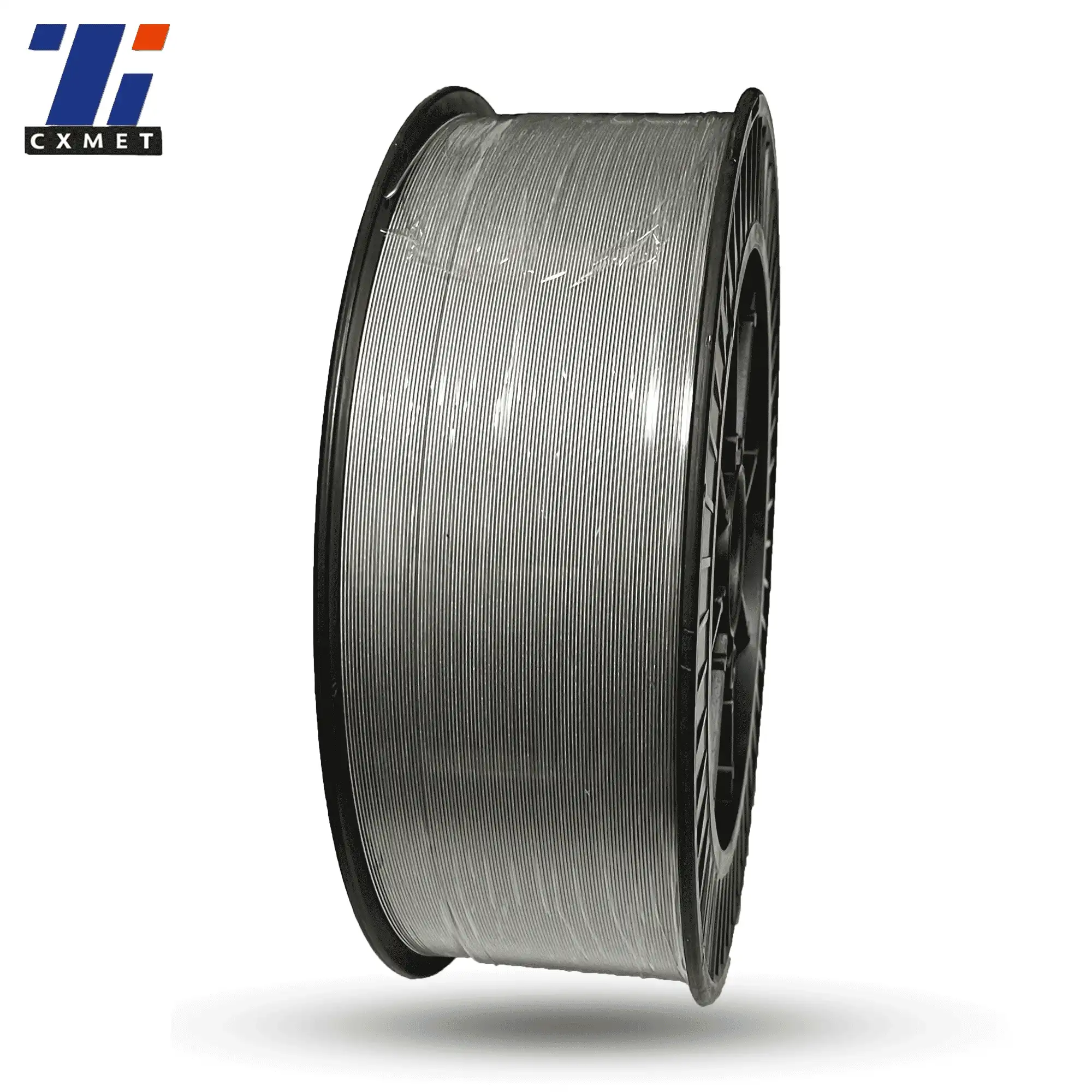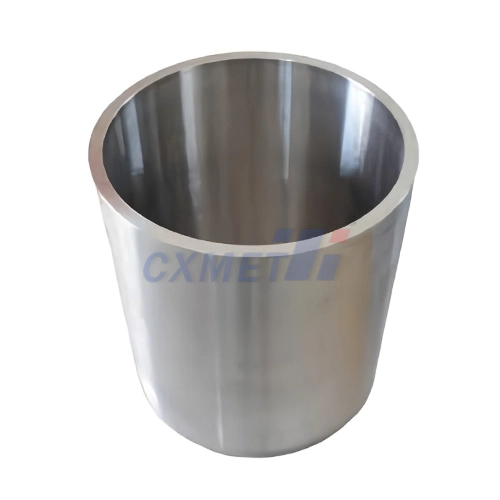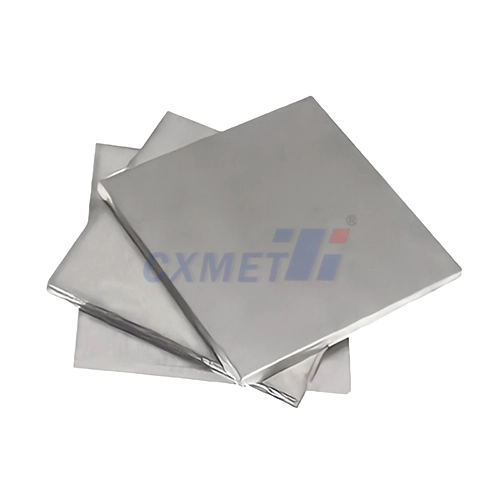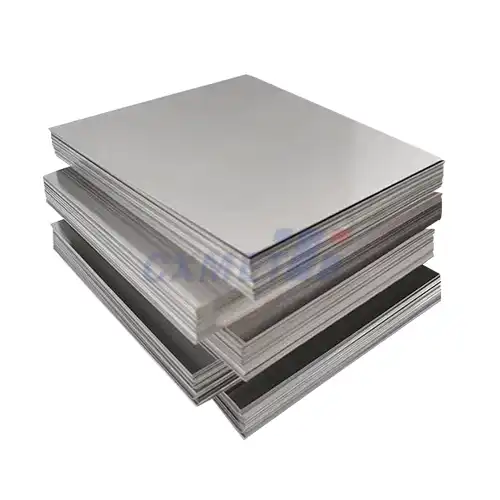- English
- French
- German
- Portuguese
- Spanish
- Russian
- Japanese
- Korean
- Arabic
- Greek
- German
- Turkish
- Italian
- Danish
- Romanian
- Indonesian
- Czech
- Afrikaans
- Swedish
- Polish
- Basque
- Catalan
- Esperanto
- Hindi
- Lao
- Albanian
- Amharic
- Armenian
- Azerbaijani
- Belarusian
- Bengali
- Bosnian
- Bulgarian
- Cebuano
- Chichewa
- Corsican
- Croatian
- Dutch
- Estonian
- Filipino
- Finnish
- Frisian
- Galician
- Georgian
- Gujarati
- Haitian
- Hausa
- Hawaiian
- Hebrew
- Hmong
- Hungarian
- Icelandic
- Igbo
- Javanese
- Kannada
- Kazakh
- Khmer
- Kurdish
- Kyrgyz
- Latin
- Latvian
- Lithuanian
- Luxembou..
- Macedonian
- Malagasy
- Malay
- Malayalam
- Maltese
- Maori
- Marathi
- Mongolian
- Burmese
- Nepali
- Norwegian
- Pashto
- Persian
- Punjabi
- Serbian
- Sesotho
- Sinhala
- Slovak
- Slovenian
- Somali
- Samoan
- Scots Gaelic
- Shona
- Sindhi
- Sundanese
- Swahili
- Tajik
- Tamil
- Telugu
- Thai
- Ukrainian
- Urdu
- Uzbek
- Vietnamese
- Welsh
- Xhosa
- Yiddish
- Yoruba
- Zulu
What are the Advantages of Using GR23 Titanium Wire?
2024-08-08 17:20:43
GR23 titanium wire is a high-performance material that has gained significant attention in various industries due to its exceptional properties. This alloy, also known as Ti-6Al-4V ELI (Extra Low Interstitial), offers a unique combination of strength, lightweight characteristics, and biocompatibility. As we delve into the advantages of using GR23 titanium wire, we'll explore its applications, properties, and why it has become a preferred choice for many manufacturers and engineers.
How does GR23 Titanium Wire compare to other titanium alloys?
GR23 titanium wire, also known as Grade 23 or Ti-6Al-4V ELI, is a superior variant of the more common Grade 5 titanium alloy (Ti-6Al-4V). While both alloys share similar base compositions, GR23 stands out due to its extra low interstitial (ELI) content, which refers to reduced levels of oxygen, nitrogen, and iron.
One of the primary advantages of GR23 over other titanium alloys is its enhanced ductility and fracture toughness. This improved ductility allows for easier forming and shaping of the wire, making it ideal for applications that require complex geometries or intricate designs. The increased fracture toughness translates to better resistance against crack propagation, which is crucial in high-stress environments or applications where failure could have severe consequences.
In terms of strength-to-weight ratio, GR23 titanium wire excels compared to many other alloys. It offers a remarkable balance of high strength and low density, making it an attractive option for weight-sensitive applications. This characteristic is particularly valuable in industries such as aerospace and automotive, where reducing weight without compromising structural integrity is a constant challenge.
Corrosion resistance is another area where GR23 titanium wire shines. Like other titanium alloys, it forms a stable, protective oxide layer on its surface when exposed to oxygen. However, the reduced interstitial content in GR23 further enhances its corrosion resistance, making it even more suitable for use in harsh environments or applications involving corrosive substances.
Biocompatibility is a significant advantage of GR23 titanium wire over many other metallic alloys. Its low reactivity with human tissues and excellent osseointegration properties make it a preferred material in the medical industry, especially for implants and prosthetics. The reduced risk of allergic reactions and improved tissue acceptance contribute to better patient outcomes and reduced complications.
When comparing machinability, GR23 titanium wire generally offers better characteristics than standard Grade 5 titanium. The lower interstitial content results in improved chip formation and reduced tool wear during machining processes. This advantage can lead to more efficient manufacturing processes and potentially lower production costs.
In terms of heat treatment and weldability, GR23 titanium wire demonstrates excellent properties. It responds well to various heat treatment processes, allowing for tailored mechanical properties to suit specific application requirements. Additionally, its good weldability enables the creation of complex structures and assemblies, expanding its potential uses across different industries.
While GR23 titanium wire offers numerous advantages, it's important to note that it typically comes at a higher cost compared to standard Grade 5 titanium or other more common alloys. However, for applications where performance, reliability, and longevity are critical, the benefits often outweigh the initial investment.
What are the main applications of GR23 Titanium Wire in the medical industry?
GR23 titanium wire has found extensive use in the medical industry due to its exceptional biocompatibility, strength, and corrosion resistance. Its applications span a wide range of medical devices and implants, contributing significantly to advancements in patient care and treatment outcomes.
One of the primary applications of GR23 titanium wire in the medical field is in orthopedic implants. The wire is used to create various components for joint replacements, such as hip and knee implants. Its high strength-to-weight ratio allows for the creation of durable implants that can withstand the stresses of daily movement while minimizing the overall weight burden on the patient. The biocompatibility of GR23 titanium promotes osseointegration, where the bone cells grow and integrate with the implant surface, leading to better long-term stability and reduced risk of implant loosening.
Dental implants represent another significant application area for GR23 titanium wire. The material's excellent biocompatibility and corrosion resistance make it ideal for creating dental screws and abutments. These implants serve as artificial tooth roots, providing a stable foundation for dental prosthetics. The use of GR23 titanium in dental implants has revolutionized restorative dentistry, offering patients long-lasting, natural-looking tooth replacements with high success rates.
In the field of cardiovascular medicine, GR23 titanium wire plays a crucial role in the manufacturing of heart valve frames and stents. The wire's high strength and flexibility allow for the creation of collapsible stents that can be inserted through minimally invasive procedures. Once in place, these stents expand to support and keep open narrowed or weakened arteries, improving blood flow and reducing the risk of heart attacks or strokes. The biocompatibility of GR23 titanium also minimizes the risk of adverse reactions or complications following stent implantation.
Neurosurgical applications benefit greatly from the properties of GR23 titanium wire. It is used in the production of cranial plates, mesh, and screws for skull reconstruction and repair. The material's strength ensures adequate protection for the brain, while its lightweight nature reduces discomfort for the patient. Additionally, GR23 titanium's non-ferromagnetic properties make it compatible with magnetic resonance imaging (MRI) scans, allowing for post-operative monitoring without interference.
In the realm of spinal surgery, GR23 titanium wire is utilized in the manufacturing of spinal cages, rods, and screws. These components are essential in spinal fusion procedures, providing stability and support to the affected vertebrae. The wire's high strength enables the creation of smaller, less intrusive implants that can still withstand the significant loads placed on the spine. This results in improved patient comfort and potentially faster recovery times.
GR23 titanium wire also finds application in external fixation devices used in orthopedic trauma treatment. These devices are employed to stabilize fractured bones and facilitate proper healing. The wire's strength and corrosion resistance ensure that the fixators remain stable and functional throughout the healing process, even when exposed to bodily fluids and external environmental factors.
In the field of maxillofacial surgery, GR23 titanium wire is used to create plates, screws, and mesh for facial reconstruction. Its malleability allows surgeons to contour the implants to match the patient's facial structure precisely, while its strength provides the necessary support for proper healing and restoration of facial features.
The production of surgical instruments is another area where GR23 titanium wire proves valuable. Its corrosion resistance and ability to maintain a sharp edge make it suitable for creating precision cutting tools and other surgical implements. These instruments benefit from the material's lightweight nature, reducing surgeon fatigue during long procedures.
Lastly, GR23 titanium wire is increasingly being used in the development of advanced prosthetics. Its high strength-to-weight ratio allows for the creation of robust yet lightweight prosthetic limbs, improving mobility and comfort for amputees. The biocompatibility of the material also reduces the risk of skin irritation or allergic reactions at the interface between the prosthetic and the user's residual limb.
Is GR23 Titanium Wire suitable for aerospace applications?
GR23 titanium wire is indeed highly suitable for aerospace applications, offering a combination of properties that make it an excellent choice for various components and structures in aircraft and spacecraft. Its use in the aerospace industry has grown significantly due to the increasing demand for lightweight, high-strength materials that can withstand extreme conditions.
One of the primary reasons GR23 titanium wire is well-suited for aerospace applications is its exceptional strength-to-weight ratio. In an industry where every gram matters, the ability to reduce weight without compromising structural integrity is crucial. GR23 titanium provides the strength necessary to withstand the high stresses experienced during flight while significantly reducing the overall weight of the aircraft or spacecraft. This weight reduction translates to improved fuel efficiency, increased payload capacity, and enhanced performance.
The high temperature resistance of GR23 titanium wire makes it particularly valuable in aerospace applications. Aircraft engines and other components are subject to extreme temperatures during operation. GR23 titanium maintains its strength and structural integrity at elevated temperatures, making it ideal for use in engine components, exhaust systems, and other high-temperature areas. This thermal stability ensures reliable performance and longevity of critical aerospace systems.
Corrosion resistance is another key attribute that makes GR23 titanium wire suitable for aerospace applications. Aircraft and spacecraft are exposed to various corrosive environments, including salt-laden air, fuel residues, and atmospheric pollutants. The natural oxide layer formed on the surface of GR23 titanium provides excellent protection against corrosion, ensuring the longevity of components and reducing maintenance requirements. This characteristic is particularly important for parts that are difficult to access or replace, such as those in the airframe or engine assemblies.
The fatigue resistance of GR23 titanium wire is crucial in aerospace applications where components are subjected to repeated stress cycles. Aircraft structures experience constant vibrations and stress fluctuations during flight, making fatigue strength a critical factor in material selection. GR23 titanium's superior fatigue resistance helps prevent the initiation and propagation of cracks, enhancing the overall safety and reliability of aerospace structures.
In terms of manufacturing and fabrication, GR23 titanium wire offers several advantages for aerospace applications. Its good weldability allows for the creation of complex structures and assemblies, which is essential in aircraft and spacecraft construction. The material's responsiveness to heat treatment enables engineers to tailor its properties to meet specific requirements for different aerospace components. Additionally, its improved machinability compared to some other titanium alloys facilitates more efficient and precise manufacturing processes.
The aerospace industry also benefits from GR23 titanium wire's excellent cryogenic properties. In applications involving liquid fuel rockets or spacecraft components exposed to the extreme cold of space, materials must maintain their mechanical properties at very low temperatures. GR23 titanium exhibits good toughness and ductility at cryogenic temperatures, making it suitable for fuel tanks, piping systems, and other components in space vehicles.
GR23 titanium wire's resistance to crack propagation is another valuable characteristic for aerospace applications. In the event of damage or the presence of small defects, the material's ability to resist crack growth enhances the overall safety and reliability of aerospace structures. This property is particularly important in critical components where failure could have catastrophic consequences.
The biocompatibility of GR23 titanium wire, while primarily advantageous in medical applications, also finds relevance in aerospace. In long-duration space missions or in the development of future space habitats, materials that are non-toxic and do not cause adverse reactions in humans become increasingly important. GR23 titanium's biocompatibility makes it a safe choice for components that may come into contact with crew members or be used in life support systems.
Lastly, the non-magnetic properties of GR23 titanium wire make it suitable for use in sensitive electronic and navigation equipment in aircraft and spacecraft. Its low magnetic signature helps prevent interference with crucial instruments and systems, ensuring accurate readings and reliable operation of navigation and communication equipment.
In conclusion, GR23 titanium wire offers a unique combination of properties that make it highly suitable for a wide range of aerospace applications. Its high strength-to-weight ratio, temperature resistance, corrosion resistance, fatigue strength, and other advantageous characteristics contribute to the development of lighter, more efficient, and more reliable aircraft and spacecraft. As the aerospace industry continues to push the boundaries of performance and explore new frontiers, materials like GR23 titanium wire will play an increasingly important role in enabling these advancements.
At SHAANXI CXMET TECHNOLOGY CO., LTD, we take pride in our extensive product range, which caters to diverse customer needs. Our company is equipped with outstanding production and processing capabilities, ensuring the high quality and precision of our products. We are committed to innovation and continuously strive to develop new products, keeping us at the forefront of our industry. With leading technological development capabilities, we are able to adapt and evolve in a rapidly changing market. Furthermore, we offer customized solutions to meet the specific requirements of our clients. If you are interested in our products or wish to learn more about the intricate details of our offerings, please do not hesitate to contact us at sales@cxmet.com. Our team is always ready to assist you.
References:
1. ASTM International. (2021). Standard Specification for Wrought Titanium-6Aluminum-4Vanadium ELI (Extra Low Interstitial) Alloy for Surgical Implant Applications (UNS R56401).
2. Boyer, R., Welsch, G., & Collings, E. W. (1994). Materials Properties Handbook: Titanium Alloys. ASM International.
3. Donachie, M. J. (2000). Titanium: A Technical Guide. ASM International.
4. Elias, C. N., Lima, J. H. C., Valiev, R., & Meyers, M. A. (2008). Biomedical applications of titanium and its alloys. JOM, 60(3), 46-49.
5. Froes, F. H. (2015). Titanium: Physical Metallurgy, Processing, and Applications. ASM International.
6. Leyens, C., & Peters, M. (Eds.). (2003). Titanium and Titanium Alloys: Fundamentals and Applications. John Wiley & Sons.
7. Lutjering, G., & Williams, J. C. (2007). Titanium. Springer Science & Business Media.
8. Peters, M., Kumpfert, J., Ward, C. H., & Leyens, C. (2003). Titanium alloys for aerospace applications. Advanced Engineering Materials, 5(6), 419-427.
9. Rack, H. J., & Qazi, J. I. (2006). Titanium alloys for biomedical applications. Materials Science and Engineering: C, 26(8), 1269-1277.
10. Veiga, C., Davim, J. P., & Loureiro, A. J. R. (2012). Properties and applications of titanium alloys: A brief review. Reviews on Advanced Materials Science, 32(2), 133-148.
